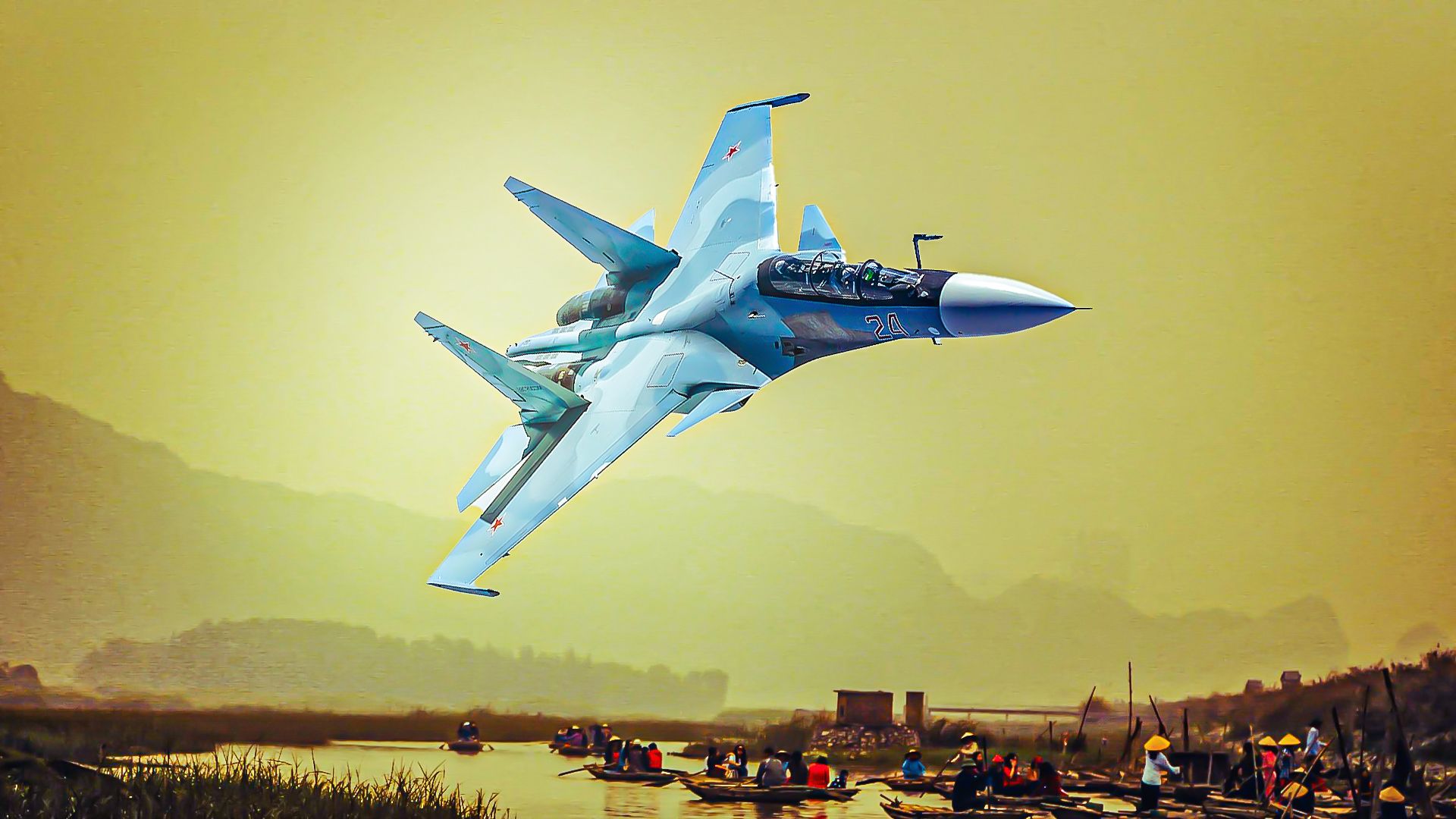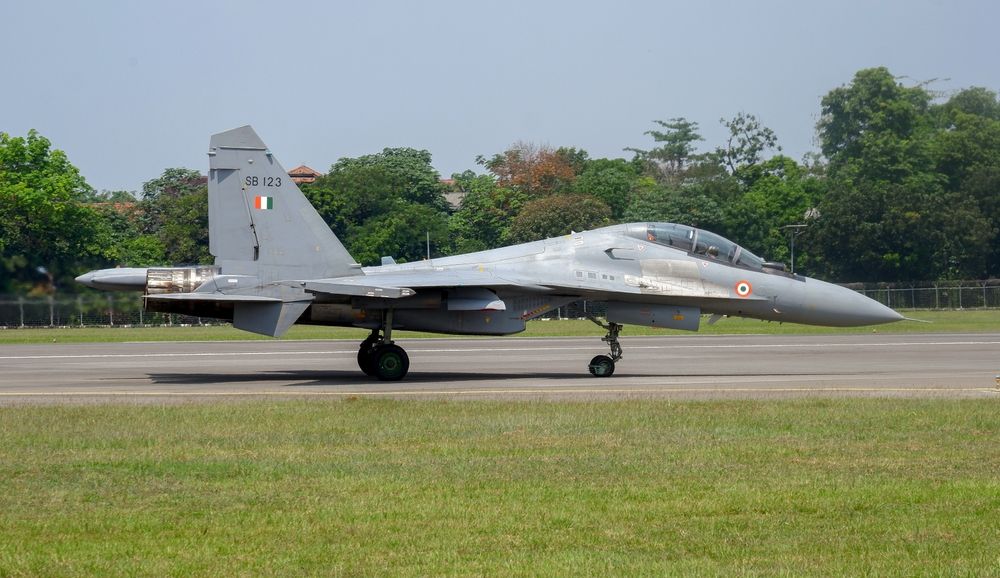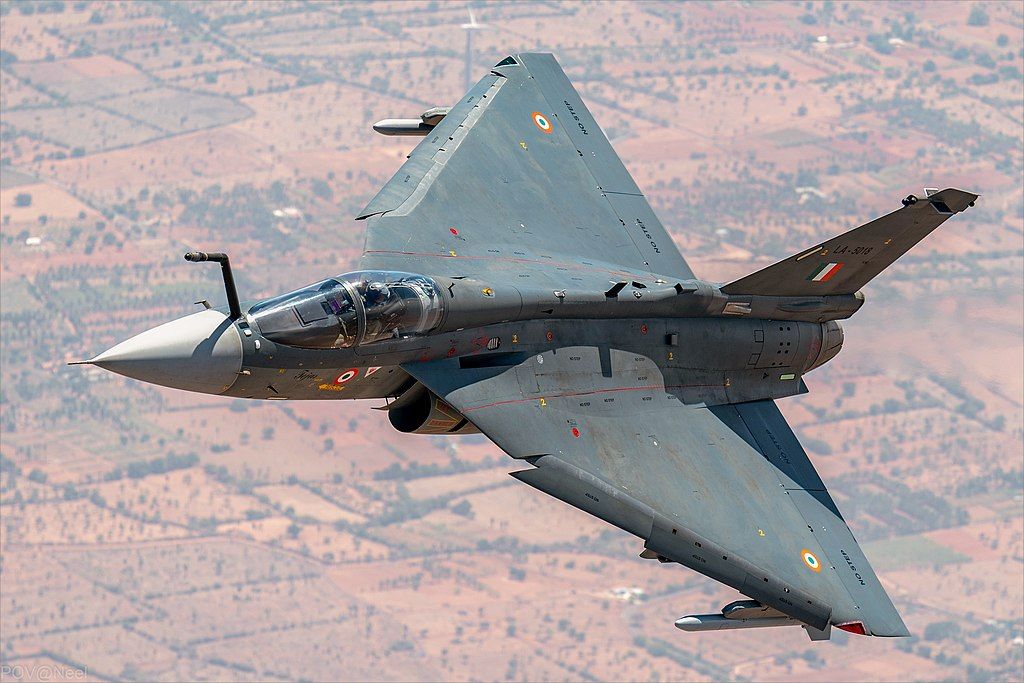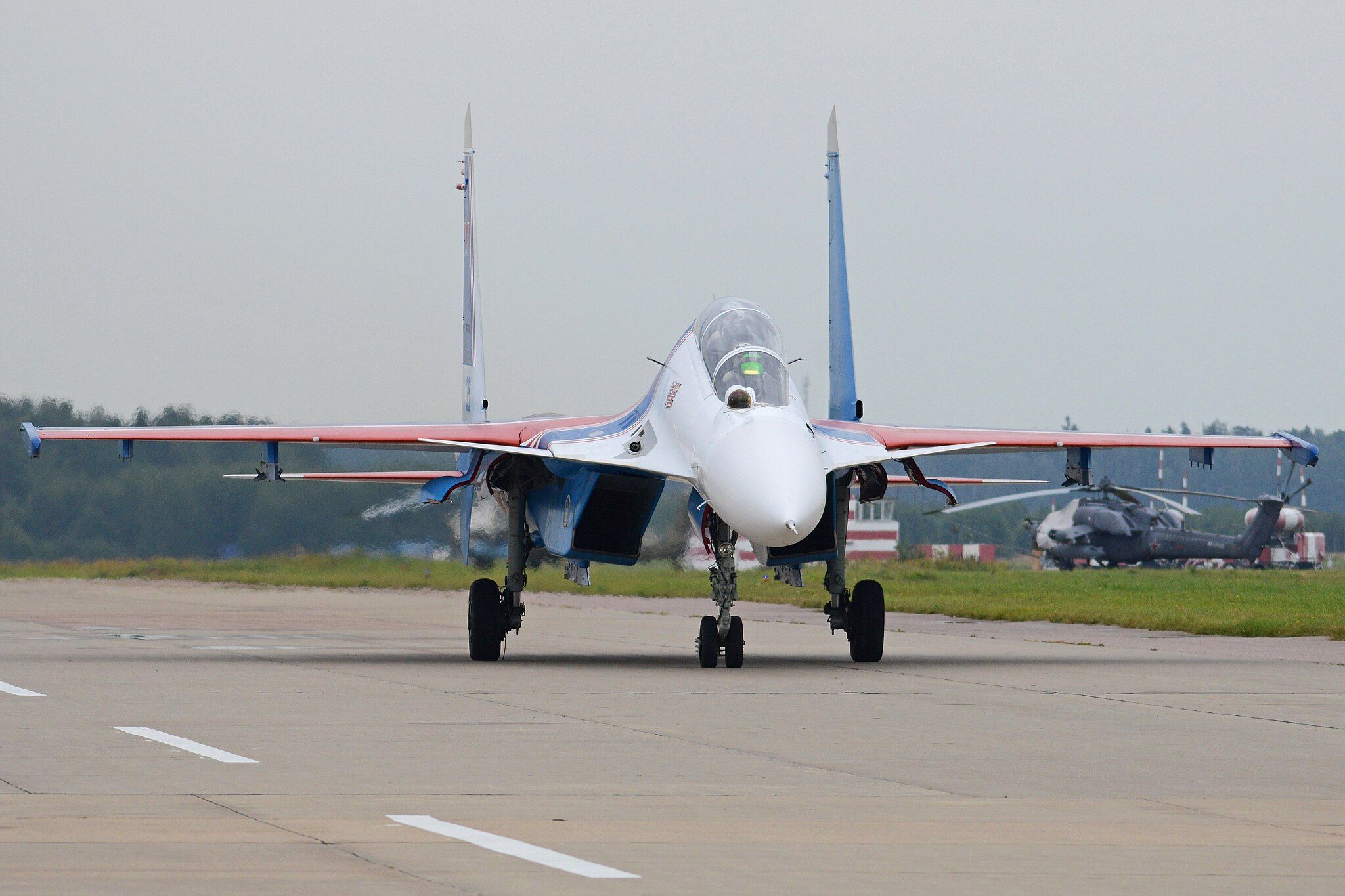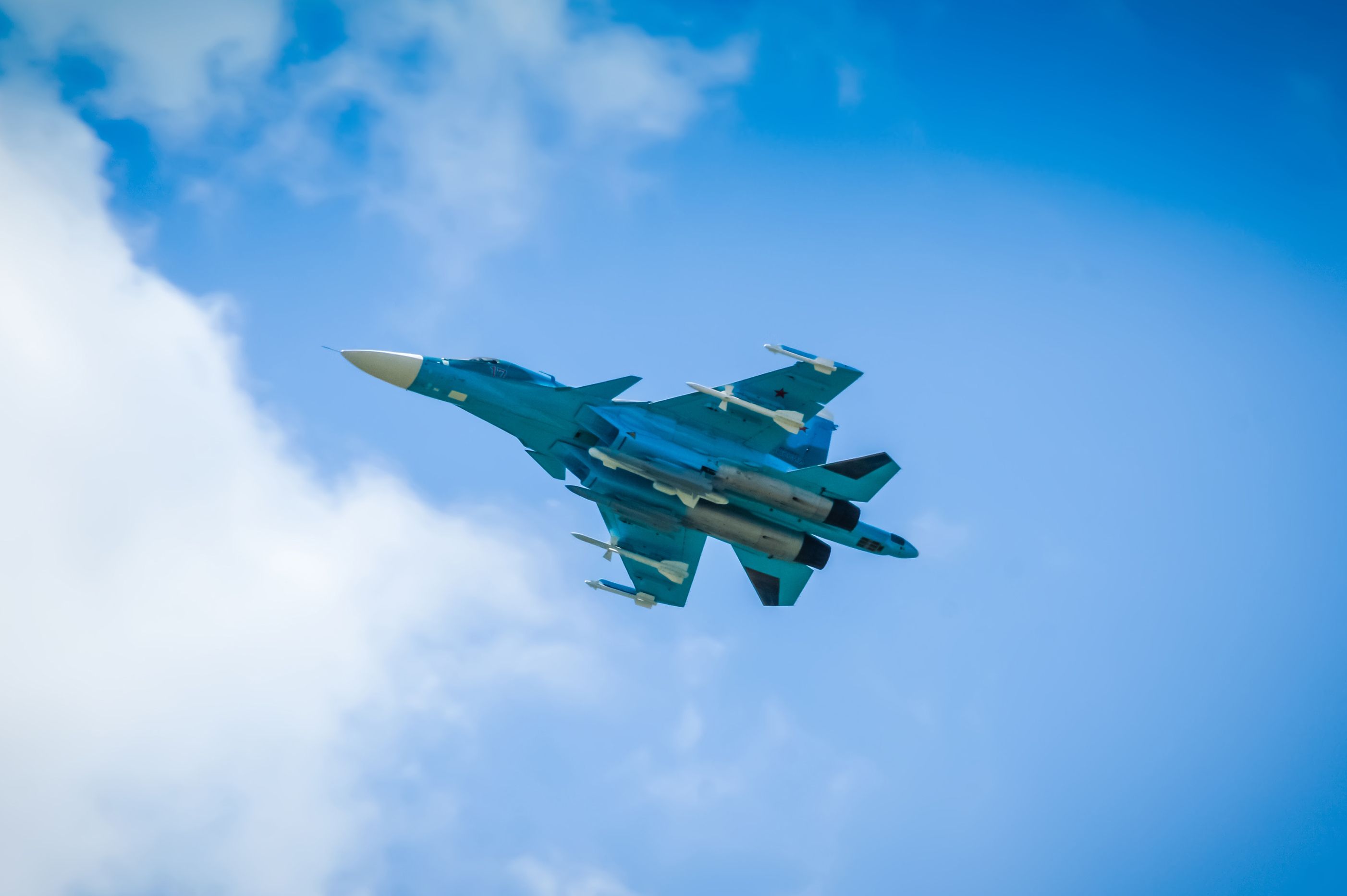India operates an eclectic mix of fighter jets
procured from several countries, but the largest share is Soviet/Russian-origin fighter jets – mostly produced in India under license. Currently,
India is only producing 12 indigenous Tejas fighter jets annually
(rising to 18 in 2025). Separately,
India is also negotiating a deal to produce more of its Lockheed Martin C-130J Super Hercules
locally under license. Now, there are reports it may restart production of Sukhoi
Su-30MKI fighters for export.
US CAATSA Act and sanctions
In 2017, the United States passed the Countering America’s Adversaries Through Sanctions Act (CAATSA), which imposed sanctions on Iran, North Korea, and Russia. Of interest here, it imposes sanctions on countries purchasing Russian fighter jets. Since the act’s passage, various countries, from Egypt to the Philippines, have canceled contracts to purchase Russian fighter jets and military helicopters. Multiple would-have-been deals were likely discontinued before they were announced.
Photo: moh_bagusov2 l Shutterstock
CAASTA in action:
- Egypt canceled Su-35S order
- Indonesia canceled Su-35 order
- The Philippines canceled Mi-17 and Mi-171 helicopter order
- Serbia backed away from purchasing S-300 or S-400 SAMs
Russian fighter jet exports have collapsed
, with very, very few new orders for Russian fighter jets being placed (heavily sanctioned Iran being an exception, which is now purchasing the canceled Egyptian fighter jets). The US reserves the right to allow for exemptions (like it did with India purchasing Russian S-400 SAM systems).
India has long produced the Su-30
India has a long history of assembling Soviet fighter jets under license—for example, it also assembled its aging MiG-21 fleet. Besides producing Su-30s for export, the Indian Defense Research Wing states that India may produce another 12 Su-30MKI fighter jets for itself—these would mostly replace losses incurred to accidents. Over the years, India has purchased around 284 Su-30MKI fighters, which now make up the Indian Air Force’s backbone, representing 12 of its 24 fighter squadrons.
|
Indian Air Force fighter jet (per FlightGlobal): |
Number in service: |
Country of origin: |
|---|---|---|
|
Jaguar M/S: |
130 |
United Kingdom |
|
MiG-21 |
127 |
Soviet Union (locally produced) |
|
MiG-29 |
65 |
Soviet Union |
|
Mirage 2000H/I |
44 |
France |
|
Rafale DH/EH |
36 |
France |
|
Su-30MKI |
266 |
Russia (locally produced) |
|
Tejas: |
32 |
India |
The Su-30 is based on the Su-27 Flanker and is a noted air superiority fighter. According to The Diplomat, writing in August 2024, when it entered service in 2002, the Su-30MKI was “widely considered the most capable fighter in the world, and was much more sophisticated than any fighter which Russia could afford for its own air force.” The Su-30MKI was tailor-made for Indian requirements and also incorporates some French and Israeli avionics.
The Diplomat states that the local Indian industry has made significant efforts to increase the proportion of indigenous components in aircraft. Around 400 Indian companies supplying components for aircraft depend heavily on the program for their survival, while more also benefit from it.
Indian Su-30MKI more expensive
While China was able to fully indigenize and then improve the Su-27 (and now leaped ahead with its J-20), India is able to produce 50% or less of the parts for the Su-30MKI (although that proportion is expected to increase). The fighter’s most complex parts (including the engines) still need to be made in Russia.
The Diplomat also notes that India costs around twice as much to produce the Su-30s as Russia, with the flyaway cost for the Su-30SM rising from “well below $30 million” to $62 million for the Indian counterparts. In addition to the Su-30, India is also reportedly interested in producing the Su-57 Felon under license.
India in talks to produce Su-30 for export
The state-owned Indian company, Hindustan Aeronautics Limited, is reportedly in talks with Russia about the possible joint production of Su-30 fighters in India for export. This would potentially also be beneficial for India, as international interest in its indigenous Tejas lightweight fighter has failed to gain export interest.
“The state-owned Hindustan Aeronautics Limited (HAL) is currently in discussions with multiple global defence forces about the potential production and export of Sukhoi Su-30 fighter jets. It’s noteworthy that Russia has agreed in principle to support India in this strategic endeavour…” Bharat Shaki
Exporting the Su-30MKI will benefit the Indian sector, reduce costs for maintaining its fleet of fighters, and enable Russia to once again sell its now-shunned fighters. However, The Diplomat notes “Indian-built Su-30s are widely reported to be of inferior quality to their Russian-built counterparts, and accordingly require more maintenance and have higher operational costs.”
|
Sukhoi Su-30MKI |
|
|---|---|
|
Role: |
Multirole fighter, air superiority fighter, fighter-bomber |
|
Primary user: |
Indian Air Force |
|
Developed from: |
Su-27 Flanker |
|
Entered service: |
2002 |
|
Crew: |
2 |
|
Powerplant: |
2x Lyulka AL-31FP afterburning turbofan engines |
India is a large and important country to US foreign policy in the region, and so is sometimes able to get waivers from Washington where other countries likely can’t (Algeria and Kazakhstan might also be able to get waivers). It’s important to remember India was a founding member of the Non Aligned Movement and has long enjoyed close relations with the USSR/Russia and the USA.
Photo: Borka Kiss | Shutterstock
It is unclear which countries would be interested in purchasing the jets (Egypt, Malaysia, Peru, Iraq, and Indonesia are potential candidates). Additionally, it is unclear how the US would react to such an arrangement. However, it is clear the US does not want to jeopardize its relationship with New Delhi more than necessary.
For Russia, the joint production of Su-30s in India for export has the potential to allow its fighter industry to circumvent CAATSA and appeal to a much wider range of clients that would otherwise be deterred from acquiring its aircraft.
